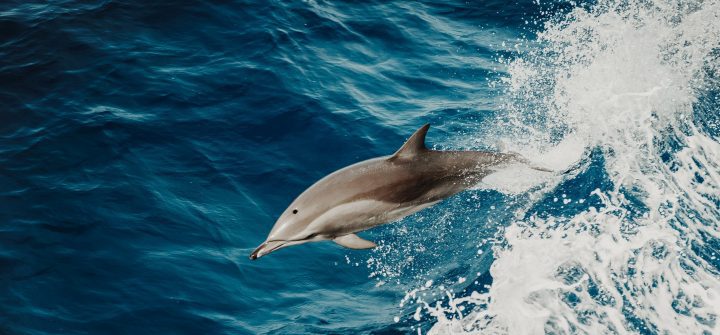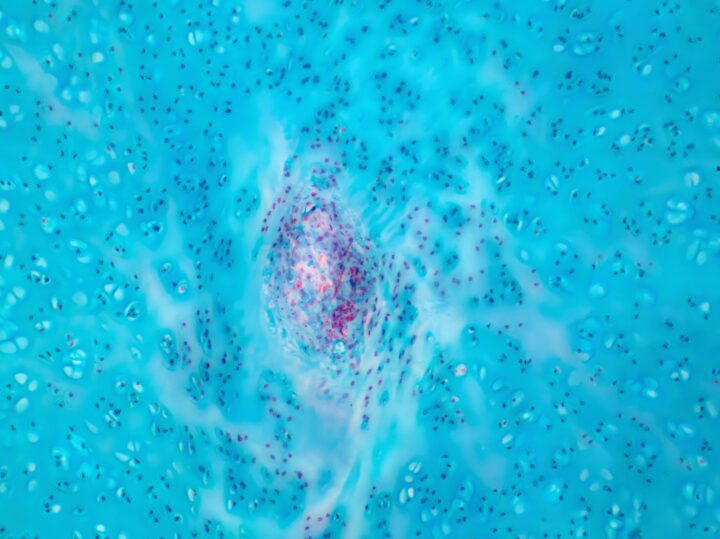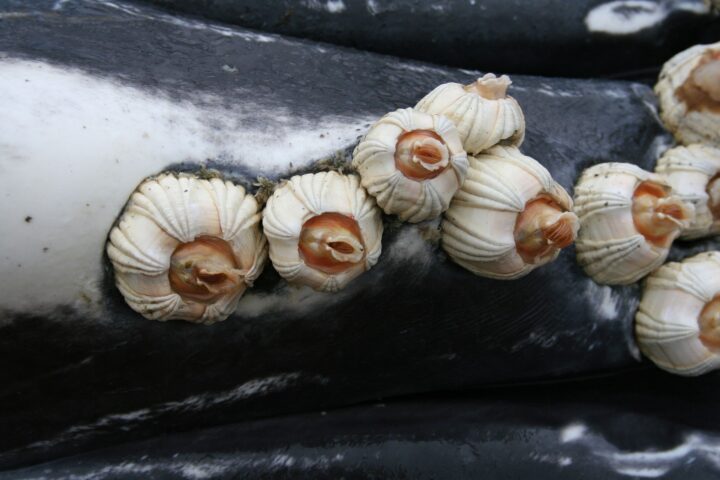S2C technology from EvoLogics helps to detect tsunamis earlier by maximizing transmission of underwater signals in turbulent water conditions.
Benefits
- Reliable underwater communication
- Reliable signal transmission
Applications
- Earthquake and tsunami detection
- Maritime communications
UN Sustainable Development Goals Addressed
-

Goal 15: Life on Land
The Challenge
Reliable wireless communication is crucial for maritime and offshore applications, where malfunctions and delays could put the whole operation at risk. All systems must be able to perform in the most challenging weather and sea conditions. Transmitting data underwater is challenging due to the motion, noise, limited bandwidth, and variable delays. Even in calm seas, poor transmission quality and below-average transmission speeds can result in the transmission getting altered or lost. Earthquakes and the tsunamis they can generate can cause deaths, long-term suffering by survivors, widespread devastation, and environmental damage in areas even far from the quake epicenter. An early detection system can prepare residents to evacuate even sooner, and perhaps take precautions to reduce damage to infrastructure.
Innovation Details
S2C (Sweep-Spread Carrier) technology continuously spreads underwater signals over a wide range of frequencies and adapts the signal structure so that the signals do not interfere with each other. This enables successful decoding of signals in harsh environments even when they are heavily masked by noise. These sensors can be used to detect underwater earthquakes and therefore aid in tsunami warning systems.
Biological Model
Dolphins chirp and sing across a broad frequency bandwidth. This continuous change of frequencies not only serves to transmit information, but also to compensate for sources of interference that can occur underwater, such as echoes and noise.






